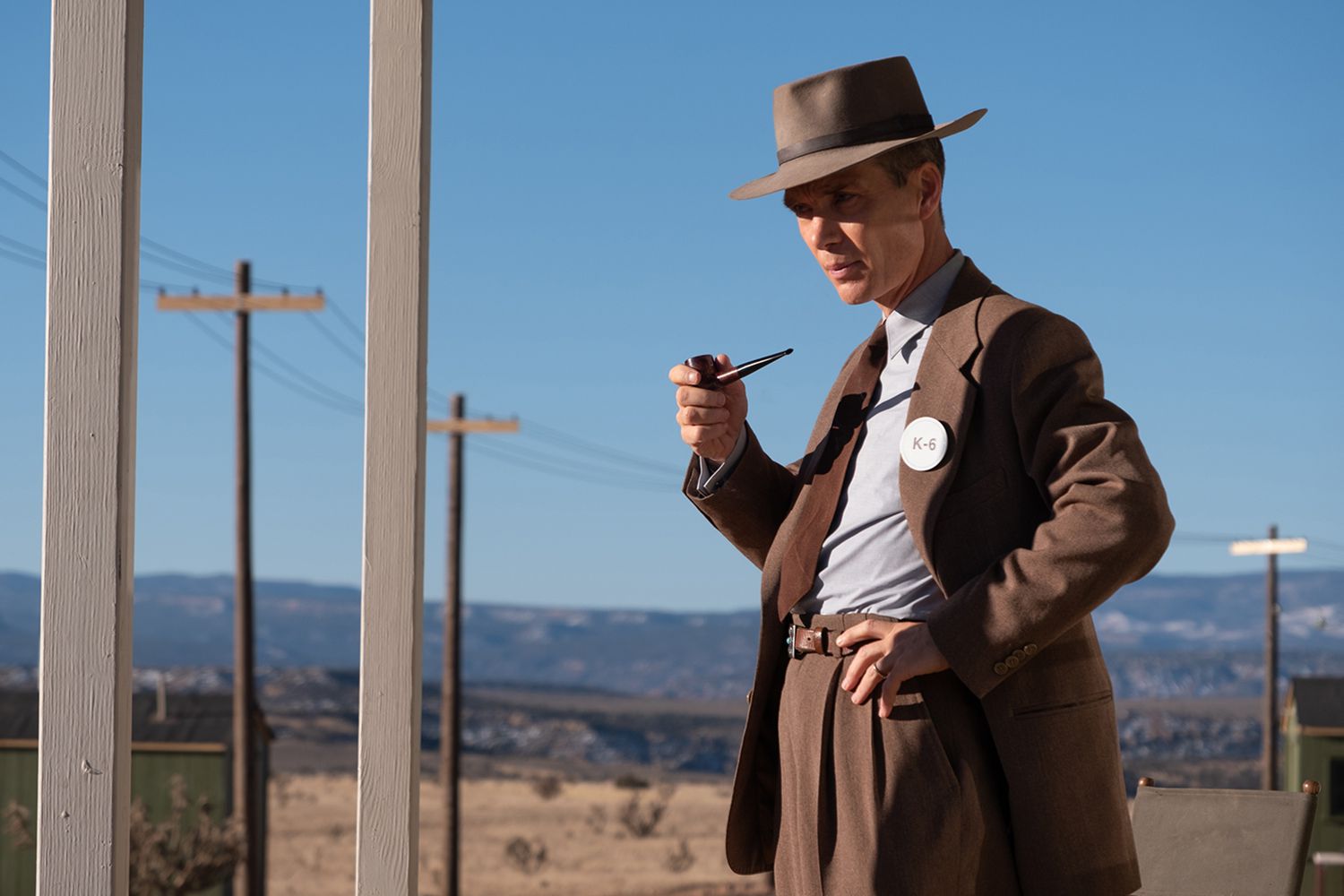
“Four million copies of the poster were quickly printed and plastered onto walls and signposts from Maine to California. Within weeks, just about every American citizen had seen it.”
YOU’VE PROBABLY NEVER heard the name James Montgomery Flagg, but it’s a safe bet that you know his most famous artistic creation rather well.
Shortly after America’s declaration of war against Germany in 1917, the 40-year-old veteran magazine illustrator from Pelham Manor, New York composed a drawing for the United States Army‘s recruitment campaign. It featured a stern-faced Uncle Sam pointing outward with his right index finger, his eyes glaring directly at the viewer. “I Want YOU for U.S. Army” announced a caption below in bold red and blue capital letters.

Iconic Image
Four million copies of the poster were quickly printed and plastered onto walls and signposts from Maine to California. Within weeks, just about every American citizen had seen it.

Flagg, who had been working as a commercial artist since the age of 12 and was a regular contributor to Life and the satirical Judge magazine, was only too happy to lend his considerable talents to the national war effort.
Other wartime artwork from James M. Flagg.
Before the end of 1918, Flagg illustrated nearly 50 drawings, advertisements and posters for Washington’s wartime propaganda department known as the Committee on Public Information (or simply the Creel Commission). His posters urged Americans to plant victory gardens, save money, join the military or simply work harder for victory. Yet, none of his other works became as widely seen or celebrated as his Uncle Sam poster.

Kitchener Wants You Too
Interestingly enough, Flagg’s quintessentially American image was a crib of a British drawing from three years earlier. The original appeared in a 1914 edition of the British magazine London Opinion. It featured a grim looking Lord Kitchener urging Britons to enlist in the army. This drawing, by Alfred Leete, would itself be adapted into a famous recruiting poster in the United Kingdom.
Flagg had little idea that his Americanized version of the Kitchener illustration would be such a hit stateside. In fact, by all accounts it was a rush job. With no time to commission a model to pose as Uncle Sam, Flagg used his own likeness for the face — he composed the drawing while sitting in front a mirror and later added wrinkles, a hat and a goatee.
Both the Kitchener and Uncle Sam posters became instant classics. A host of other nations, including the Russia and even Germany, pinched the concept for their own wartime recruiting drives. (SEE BELOW)

The Return of Uncle Sam
The Sam image quickly vanished from public following the 1918 Armistice and Flagg carried on with his successful career as a magazine illustrator. During the interwar period, he composed art for a number of advertising and publishing clients and even sketched celebrities of the day like prizefighter Jack Dempsey and actress Ethel Barrymore. His likeness of Mark Twain appeared on a 1940 postage stamp.
But the story didn’t end there for Flagg’s Uncle Sam. With America again at war in 1941, the “I Want YOU” poster was suddenly back in demand. Millions more were printed by the U.S. Army and distributed nationwide. It was evidently just as effective the second time around. President Roosevelt himself praised Flagg, who churned out patriotic imagery right up to VJ Day, as a contributor to the Allied victory.
Flagg, well into his 60s by 1945, continued to produce art after the war and the following year even penned an autobiography entitled Roses and Buckshot. And while Flagg died in 1960 at the age of 82, his stern visage still lives on in the famous likeness of Uncle Sam.






















Do you have the writers name for this article?
Where can we buy these?